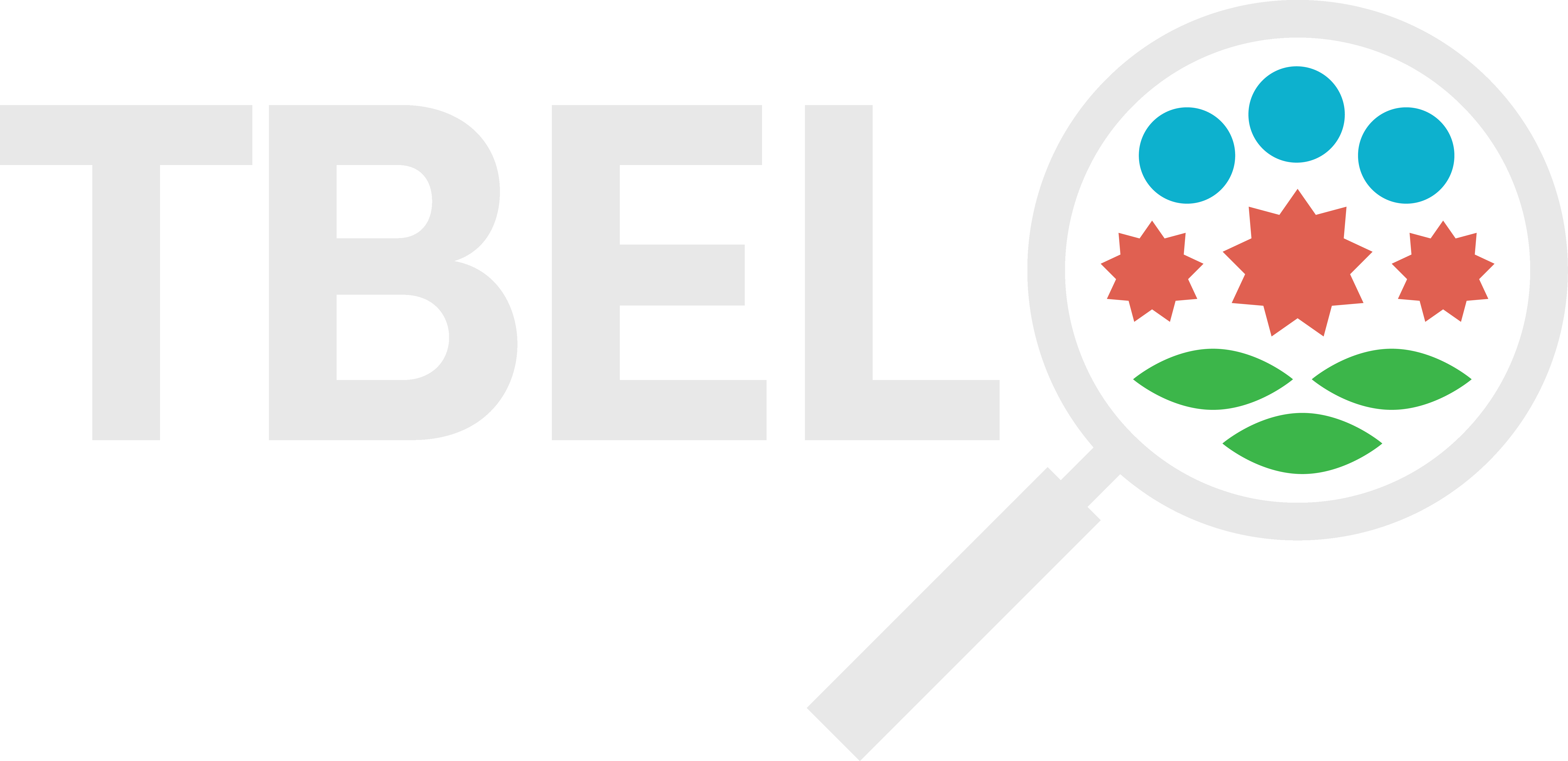Consensus tissue domain detection in spatial omics data using multiplex image labeling with regional morphology (MILWRM)
- bgtaylor1
- Nov 22, 2024
- 2 min read

Date: | 30 October 2024 |
PMID: | |
Category: | N/A |
Authors: | Harsimran Kaur, Cody N Heiser, Eliot T McKinley, Lissa Ventura-Antunes, Coleman R Harris, Joseph T Roland, Melissa A Farrow, Hilary J Selden, Ellie L Pingry, John F Moore, Lauren I R Ehrlich, Martha J Shrubsole, Jeffrey M Spraggins, Robert J Coffey, Ken S Lau, Simon N Vandekar |
Abstract: |
|
Spatially resolved molecular assays provide high dimensional genetic, transcriptomic, proteomic, and epigenetic information in situ and at various resolutions. Pairing these data across modalities with histological features enables powerful studies of tissue pathology in the context of an intact microenvironment and tissue structure. Increasing dimensions across molecular analytes and samples require new data science approaches to functionally annotate spatially resolved molecular data. A specific challenge is data-driven cross-sample domain detection that allows for analysis within and between consensus tissue compartments across high volumes of multiplex datasets stemming from tissue atlasing efforts. Here, we present MILWRM (multiplex image labeling with regional morphology)-a Python package for rapid, multi-scale tissue domain detection and annotation at the image- or spot-level. We demonstrate MILWRM's utility in identifying histologically distinct compartments in human colonic polyps, lymph nodes, mouse kidney, and mouse brain slices through spatially-informed clustering in two different spatial data modalities from different platforms. We used tissue domains detected in human colonic polyps to elucidate the molecular distinction between polyp subtypes, and explored the ability of MILWRM to identify anatomical regions of the brain tissue and their respective distinct molecular profiles.
Acknowledgements:
The content of this article is solely the responsibility of the authors and does not necessarily represent the official views of the National Cancer Institute, or the National Institute of Health.
The Translational and Basic Science Research in Early Lesions (TBEL) Research Consortia is supported and funded by grants from the National Cancer Institute and the National Institutes of Health under the following award numbers:
Project Number: | Awardee Organization |
U54CA274374 | Fred Hutchinson Cancer Center |
U54CA274375 | Houston Methodist Research Institute |
U54CA274370 | Johns Hopkins University |
U54CA274371 | UT MD Anderson Cancer Center |
U54CA274367 | Vanderbilt University Medical Center |



Commentaires